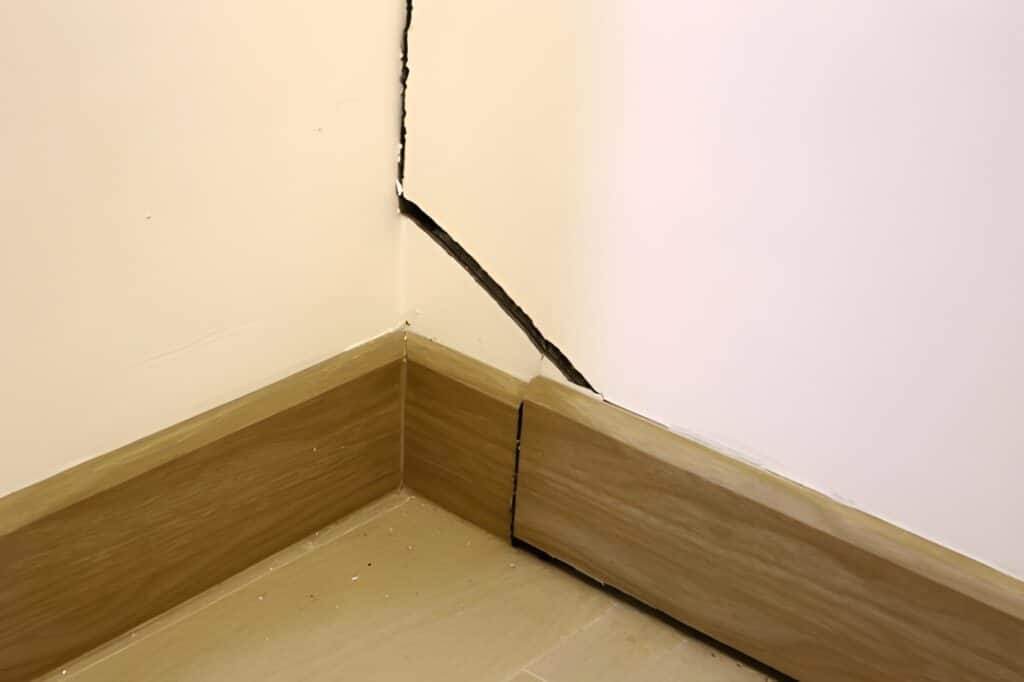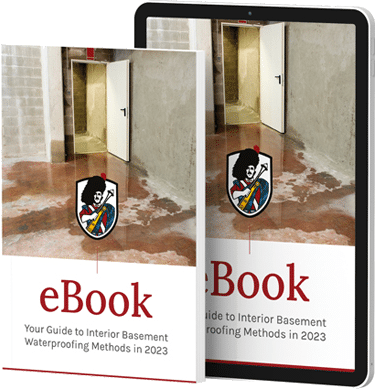Cracks in your home’s foundation are never something to ignore. Whether they appear as thin hairlines or wide openings that leak water, foundation cracks can quickly lead to basement dampness, mould growth, and even structural concerns. If you’re a homeowner wondering how to repair foundation cracks the right way, the good news is that there are proven methods available — both inside and outside your home.
This guide covers what causes foundation cracks, how to identify the severity, and the most effective repair techniques, including fixing foundation cracks from the outside for long-term peace of mind.
Why Foundation Cracks Form
Before learning how to fix foundation cracks, it’s important to understand why they happen in the first place. Common causes include:
- Soil Pressure: Expansive clay soils common in Ontario absorb water and push against basement walls, causing cracks.
- Hydrostatic Pressure: Rising groundwater places stress on foundation walls, often leading to leaks.
- Freeze-Thaw Cycles: Canadian winters cause soil around your foundation to expand and contract, stressing the concrete.
- Settling: As a home naturally settles, stress points can appear in foundation walls and floors.
- Poor Drainage: Ineffective downspouts, clogged weeping tiles, or improper grading contribute to water build-up and crack formation.
Understanding the root cause is crucial, because not all cracks are the same — and neither are the repair solutions.
Types of Foundation Cracks
Identifying the type of crack helps determine the best repair approach:
- Hairline Cracks: Thin cracks that often appear as concrete cures. Usually cosmetic but should be monitored.
- Vertical Cracks: Often caused by settling. These are easier to seal and less likely to be structural.
- Diagonal Cracks: May indicate uneven settling or soil pressure. These require closer inspection.
- Horizontal Cracks: A sign of serious pressure against the wall and a potential structural risk.
Knowing the difference helps decide whether you can manage the issue yourself or need professional help.
How to Repair Foundation Cracks
1. Fixing Foundation Cracks from the Outside
The only guaranteed way to repair a crack in a poured concrete foundation wall is from the outside of the foundation.
- The soil is carefully excavated to expose the wall.
- The crack is cleaned, sealed, and covered with a waterproof membrane.
- A drainage layer or weeping tile is installed to divert water away.
- This method stops water before it reaches the wall, protecting the basement for the long term.
While exterior repairs are more labour-intensive, they remain the gold standard for keeping basements dry and foundations strong.
2. Structural Reinforcement
For wide, horizontal, or bowing cracks, reinforcement may be required.
- Carbon fibre strips or steel bracing can be installed to strengthen the wall.
- In severe cases, underpinning or wall replacement may be needed.
DIY Repairs vs. Professional Solutions
It might be tempting to grab a crack injection repair kit from a hardware store, but DIY fixes rarely last. They often mask the problem without addressing the underlying cause, allowing water to return.
Professional contractors not only repair the crack but also investigate drainage issues, soil conditions, and structural integrity. This ensures a long-term fix instead of a short-term patch.
At GJ MacRae Foundation Repair, our team has specialized in foundation crack repair across the GTA since 1975, offering both interior and exterior solutions backed by decades of experience.
Protect Your Home with Expert Foundation Crack Repair
If you’ve noticed cracks in your foundation, don’t wait for them to spread or leak. Knowing how to repair foundation cracks is valuable, but the safest choice is hiring professionals who can provide permanent solutions. Whether you need a quick interior injection or a full exterior waterproofing system, the experts at GJ MacRae Foundation Repair can help safeguard your home.
Call us today or request a free quote online to get started.







